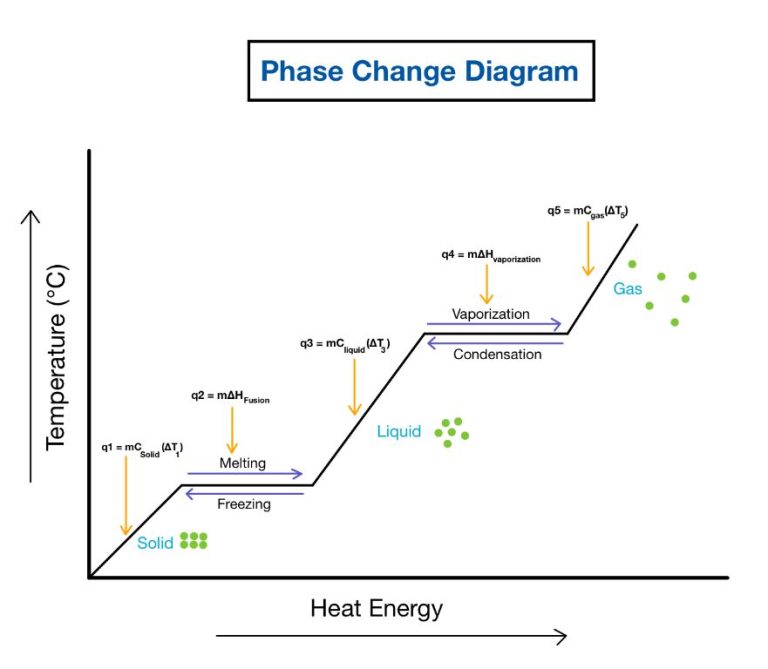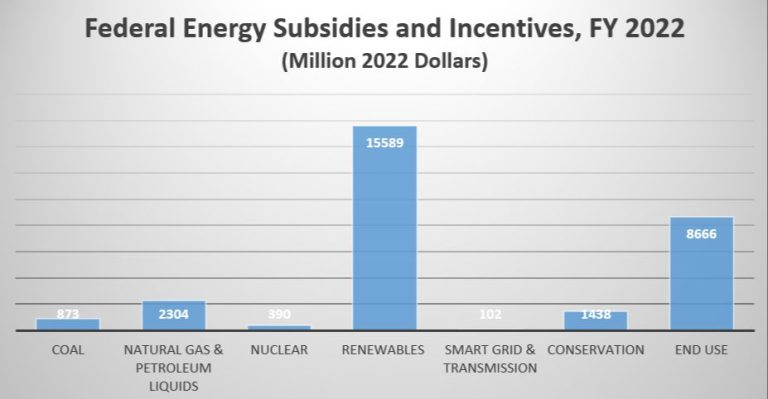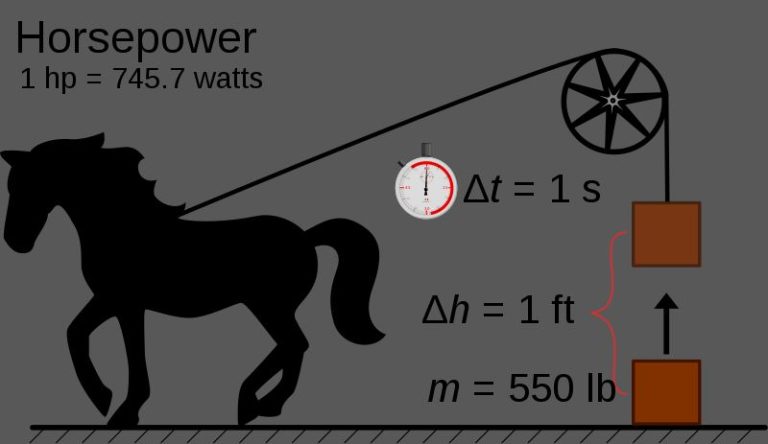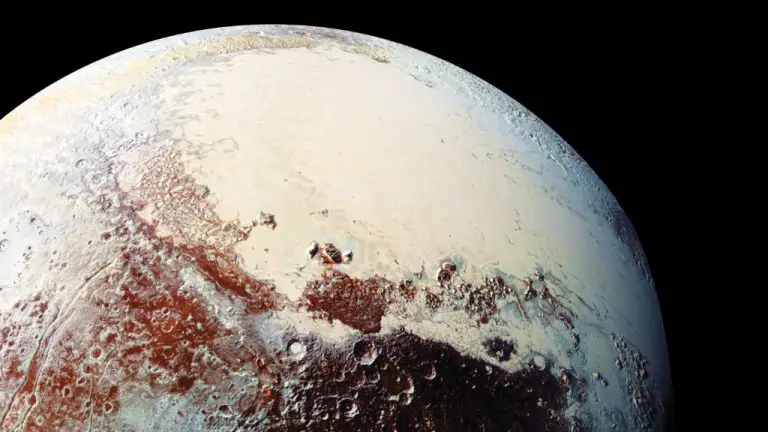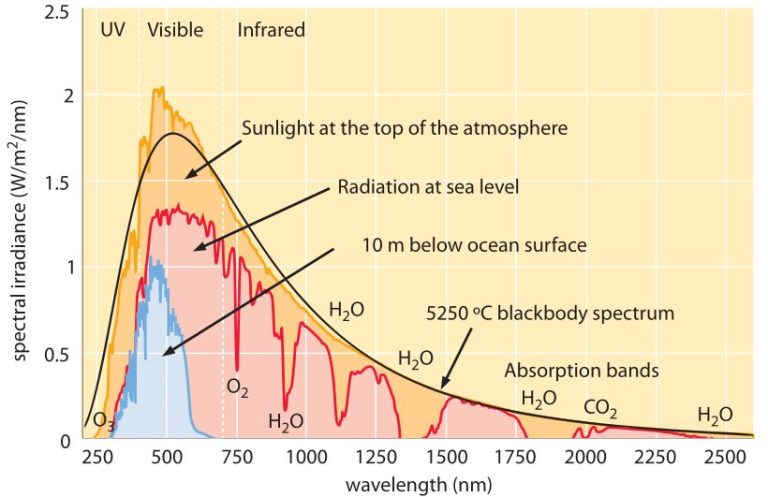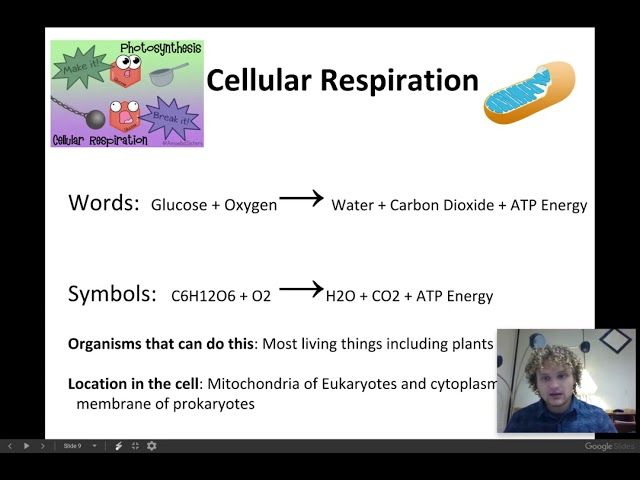Negative Impacts Of Solar Energy
High Upfront Costs
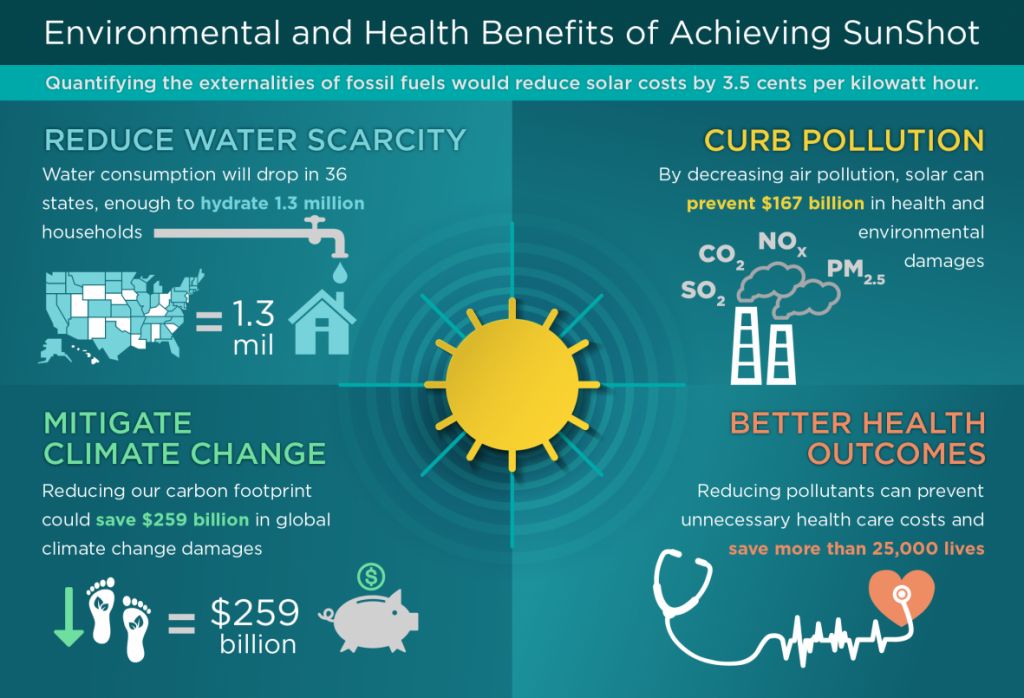
Installing solar panels and associated equipment like inverters and wiring on a home comes with a big upfront price tag. According to Nerdwallet, the average cost to install a solar system on a home falls between $18,000 and $36,000. Another source, MarketWatch, estimates average residential solar installation costs between $15,000 and $20,000. While the cost of solar has dropped significantly over the years, it still remains more expensive than fossil fuel energy sources upfront.
To help offset these high initial costs, federal, state and local governments offer various incentives like tax credits and rebates for installing solar. Homeowners can take advantage of these financial incentives to reduce the net out-of-pocket costs of going solar.
Intermittency of Solar Power
Solar energy is an intermittent energy source, which means it only produces electricity when the sun is shining. Unlike traditional fuel sources that can generate power throughout the day and night, solar panels can only generate electricity during daylight hours (Refs). This creates a strain on the electrical grid, as demand for electricity often peaks in the evenings when solar production is zero. Power grid operators must account for this variability in solar output in their day-to-day management of supply and demand on the grid (Refs).
The intermittency of solar power also necessitates energy storage solutions for times when sunlight is limited, such as nighttime or during long stretches of cloudy weather. Without affordable, large-scale energy storage options, reliance on solar power alone could lead to power shortages when solar panel output is low (Refs). Some existing options for energy storage include batteries, pumped hydropower storage, and flywheels, but these have not yet been scaled up in a cost-effective manner for most grid systems (Refs).
Technological improvements and smart grid management can help overcome solar’s intermittency challenges. But until energy storage and solar forecasting methods advance further, intermittency remains a major drawback for solar as a primary energy source (Refs).
Large Land Usage
Solar farms require large open areas of land to capture sufficient sunlight. According to https://www.transect.com/resources/solar-farm-land-requirements , Solar Farm Land Requirements, a 1 MW solar farm requires around 6-8 acres of land. For larger utility-scale solar farms producing over 20 MW, the land requirements are even greater.
The large land area needed for solar farms can negatively impact local wildlife and vegetation. The construction of solar facilities may involve clearing trees, flattening land, and installing fencing which can disrupt habitats and migration routes. Solar panels may also cast shadows that alter the growth patterns of plants.
There can also be land disputes regarding where solar facilities are sited. Prime solar farm locations are often agricultural or undeveloped lands. Converting these spaces to industrial solar facilities can create conflicts over land usage priorities and have an impact on property values. Some local communities have opposed large-scale solar projects over concerns about losing green spaces or productive farmland.
Toxic Materials in Manufacturing
The production of traditional silicon and thin-film solar panels can involve the use of some toxic materials like arsenic, cadmium, and lead. Cadmium telluride, which is used in some thin-film panels, is highly toxic. There are concerns about possible soil and water contamination if solar panel waste containing these toxic materials is not disposed of properly.
However, new solar panel technologies aim to reduce the use of toxic materials. For example, Copper indium gallium selenide (CIGS) thin-film panels have a much lower cadmium content compared to cadmium telluride panels. Continued innovation in solar panel materials and manufacturing processes seeks to lower toxicity and improve recycling capabilities.
End-of-Life Disposal
As solar panel installations have rapidly increased over the last decade, a looming issue has emerged. Millions of solar panels will reach the end of their useful life in the coming years, requiring proper disposal.
PV panels contain toxic materials that are hazardous to the environment. The most concerning chemicals are lead, cadmium, and selenium. If panels end up in landfills, the toxic materials can leach out and pollute the groundwater.
Currently, recycling solutions for solar panels are still being developed. There are recycling processes and companies emerging to handle the expected high volume of discarded panels. But the recycling infrastructure and capacity needs further expansion to properly handle the coming wave of solar e-waste
(Source: https://8billiontrees.com/solar-panels/solar-panel-recycling/ ).
Negative Visual Impacts
Large solar installations can have negative visual impacts on the surrounding landscape.Visual Impacts of Utility-scale Solar Energy Facilities on … Light reflection from the panels, known as solar glare, can be an eyesore for nearby residents and motorists.Landscape Visual Impact Careful site selection and visual screening methods such as planting trees or hedgerows around the perimeter can help mitigate these negative visual effects.
Threats to Wildlife
Solar farms can have negative effects on local wildlife and ecosystems if not properly sited and managed. Large solar installations take up significant land area, which can lead to habitat loss and fragmentation for species in the region [1]. The facilities and associated infrastructure like roads and fencing can also disrupt wildlife migration corridors and nesting areas.
There are concerns about solar farms attracting insects, small mammals, and birds, which in turn attract predators to the sites. Birds in particular can fatally collide with solar panels, as they may mistake the reflecting surfaces for water. Proper siting of solar farms away from major migration paths and habitats can help mitigate these threats. Additionally, regular monitoring and adaptive management practices can help reduce harm to local ecosystems [2].
While solar development presents risks, it also provides opportunities to benefit wildlife if done responsibly. Sites can be designed to avoid key habitats, and native vegetation and pollinator habitats can be integrated into solar farms. With careful planning and environmental review, solar energy can expand while protecting biodiversity.
Job Losses in Fossil Fuel Industry
The growth of the solar energy industry has led to job losses in traditional fossil fuel industries like coal, oil, and natural gas. As solar power displaces fossil fuel electricity generation, fewer workers are needed to mine, extract, transport, and burn coal, gas, and oil.
For example, a 2022 report found that while fossil fuel production increased in 2021, the number of oil and gas jobs declined as companies automated processes and required fewer workers. The coal industry has seen even steeper declines, losing over 60,000 jobs since 2009.
To mitigate the impact on displaced fossil fuel workers, transition and training programs will be needed. The growth in solar jobs does not always directly offset losses in other energy industries. Workers may need assistance relocating or retraining for the different skill sets required in renewable energy.
Reduced Energy Security
Increased reliance on imported solar panels from a few dominant manufacturers, primarily in China, reduces energy security according to the U.S. Department of Energy (DOE) [1]. Supply chain disruptions or geopolitical events could disrupt the solar energy supply chain and impact domestic energy generation. To mitigate this risk, the DOE recommends [2] developing a robust domestic solar manufacturing industry. With most solar panel production currently overseas, building up domestic manufacturing capabilities for solar panels, inverters and other system components can improve the resilience and security of the renewable energy supply chain.
Other Minor Drawbacks
Solar energy systems have some minor drawbacks that should be considered as well including:
- Reduced efficiency due to air pollution and dust – Solar panels can have reduced efficiency in areas with significant air pollution or dust. Particle accumulation on solar panels can block sunlight and reduce power generation (The Dark Side of Solar Power).
- Impacts on local climate – Large solar farms can impact local temperature, rainfall patterns, and vegetation. However, these microclimate effects are generally small and localized (Environmental Impacts of Solar Power).
- RF interference – The switching power supplies in solar inverters can produce electromagnetic interference in the radio-frequency band. This can impair wireless communications, radio astronomy observations, and other sensitive equipment (The Positive and Negative Environmental Impacts of Solar Panels).

